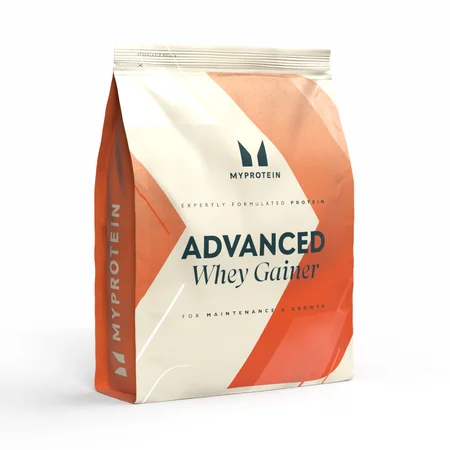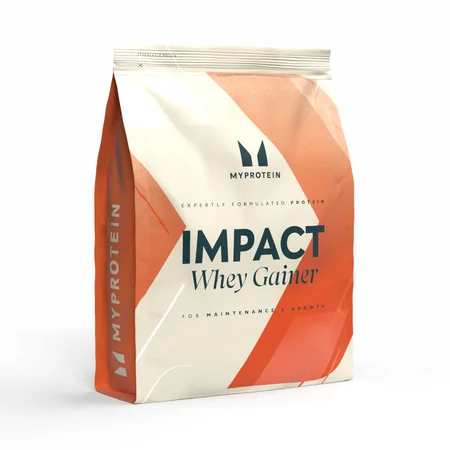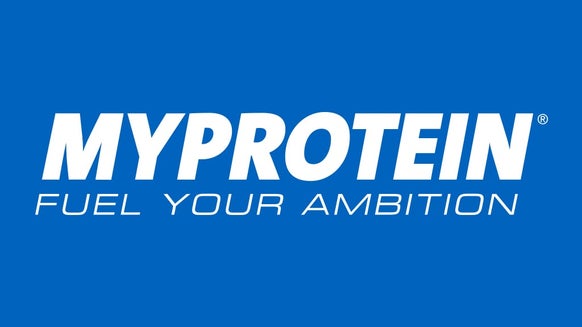
The calves: a muscle group that many have neglected for lack of results, blaming their genetics.
1. Work them often
2. Vary the exercises
3. Work from different angles
4. Don't Cheat: Keep Full Range and Don't Use Your Momentum
5. Don't neglect the tibialis anterior muscle

Akima, Hiroshi, Jun-ichi Ushiyama, Junjiro Kubo, Shin-ichi Tonosaki, Masamitsu Itoh, Yasuo Kawakami, Hideoki Fukuoka, Hiroaki Kanehisa, and Tetsuo Fukunaga. « Resistance training during unweighting maintains muscle size and function in human calf. » Medicine & Science in Sports & Exercise 35, no. 4 (2003): 655-662.
Alfredson, H., Pietilä, T., Jonsson, P., & Lorentzon, R. (1998). Heavy-load eccentric calf muscle training for the treatment of chronic Achilles tendinosis. The American journal of sports medicine, 26(3), 360-366.
Mafi, Nader, Ronny Lorentzon, and Håkan Alfredson. « Superior short-term results with eccentric calf muscle training compared to concentric training in a randomized prospective multicenter study on patients with chronic Achilles tendinosis. » Knee Surgery, Sports Traumatology, Arthroscopy 9.1 (2001): 42-47.
Sipila, S. A. R. I. A. N. N. A., and H. A. R. R. I. Suominen. « Effects of strength and endurance training on thigh and leg muscle mass and composition in elderly women. » Journal of Applied Physiology 78, no. 1 (1995): 334-340.










